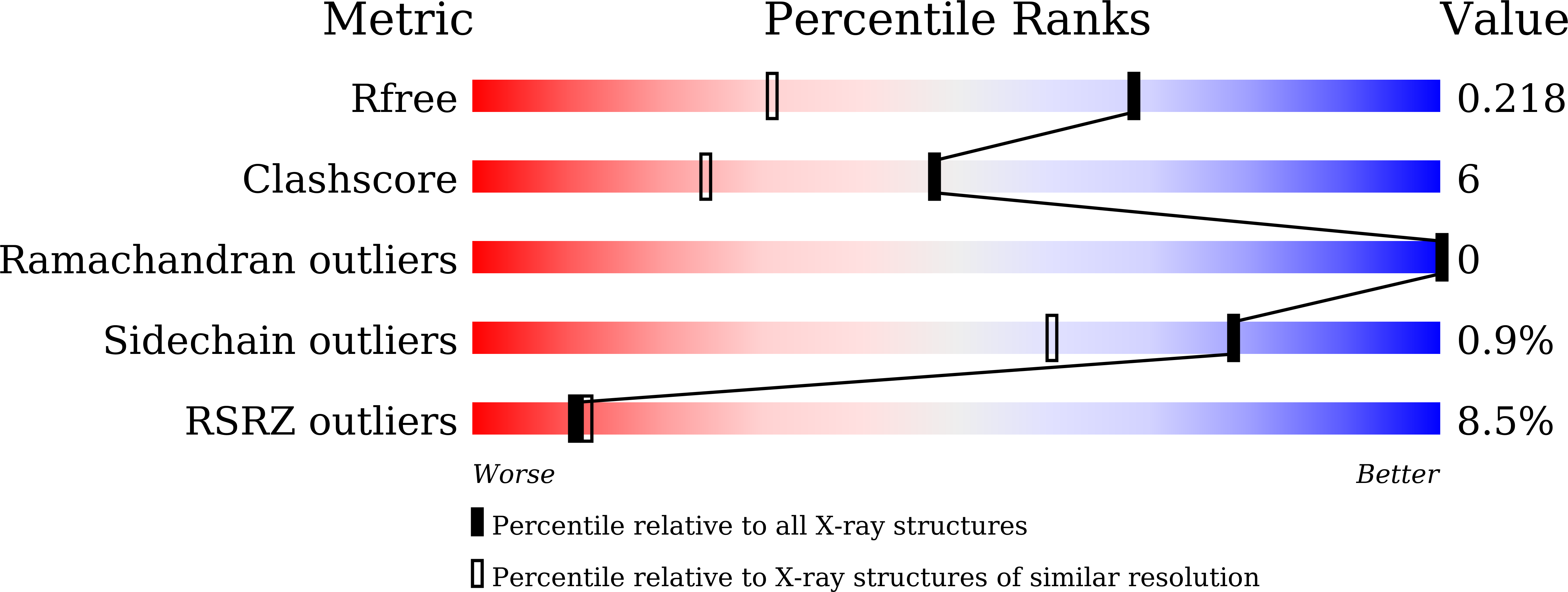
Deposition Date
2021-11-15
Release Date
2022-03-02
Last Version Date
2023-11-29
Entry Detail
PDB ID:
7VYT
Keywords:
Title:
Crystal structure of human TIGIT(23-129) in complex with the scFv fragment of anti-TIGIT antibody MG1131
Biological Source:
Source Organism:
Homo sapiens (Taxon ID: 9606)
Host Organism:
Method Details:
Experimental Method:
Resolution:
1.53 Å
R-Value Free:
0.21
R-Value Work:
0.20
R-Value Observed:
0.20
Space Group:
P 1 21 1


